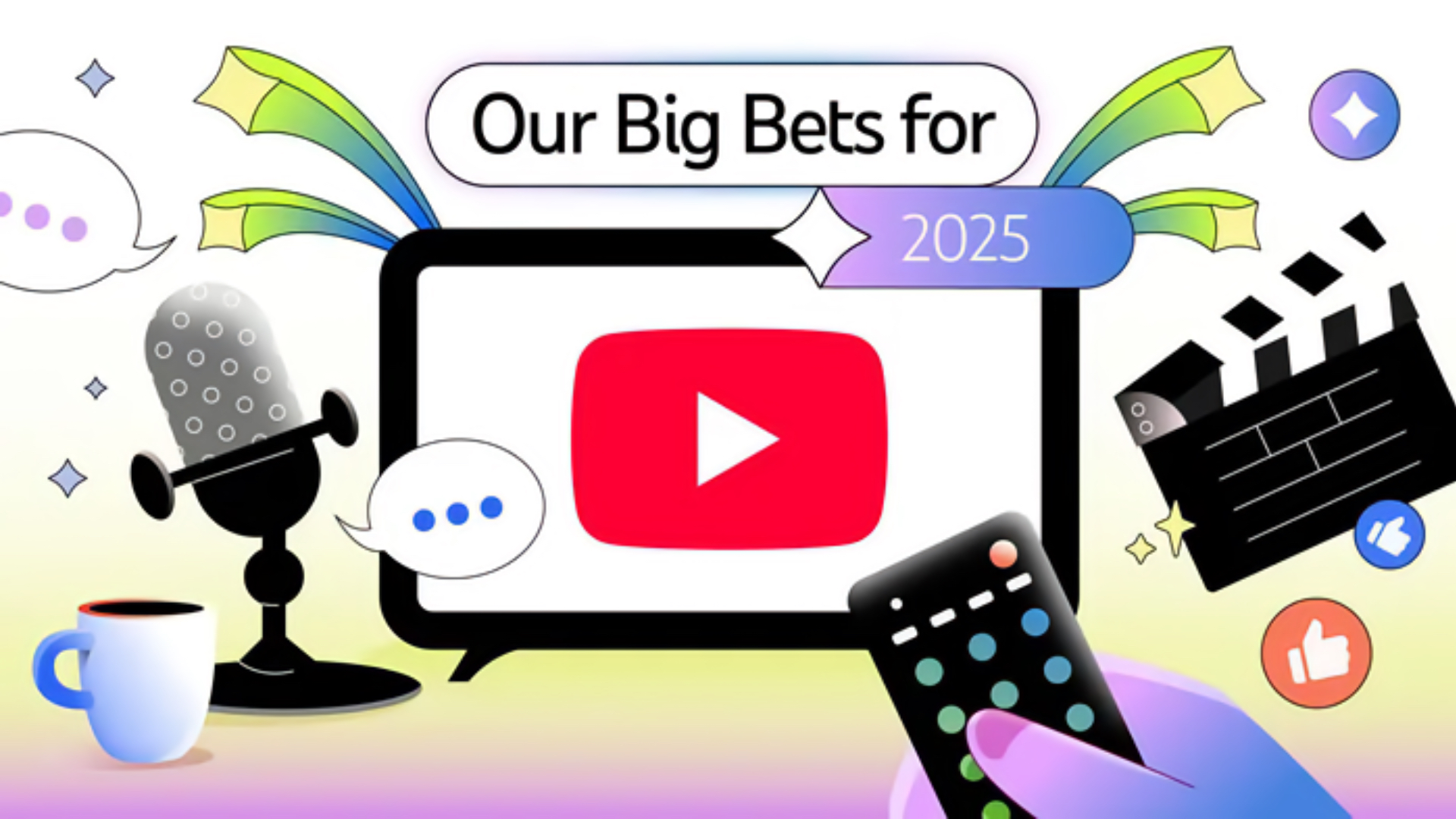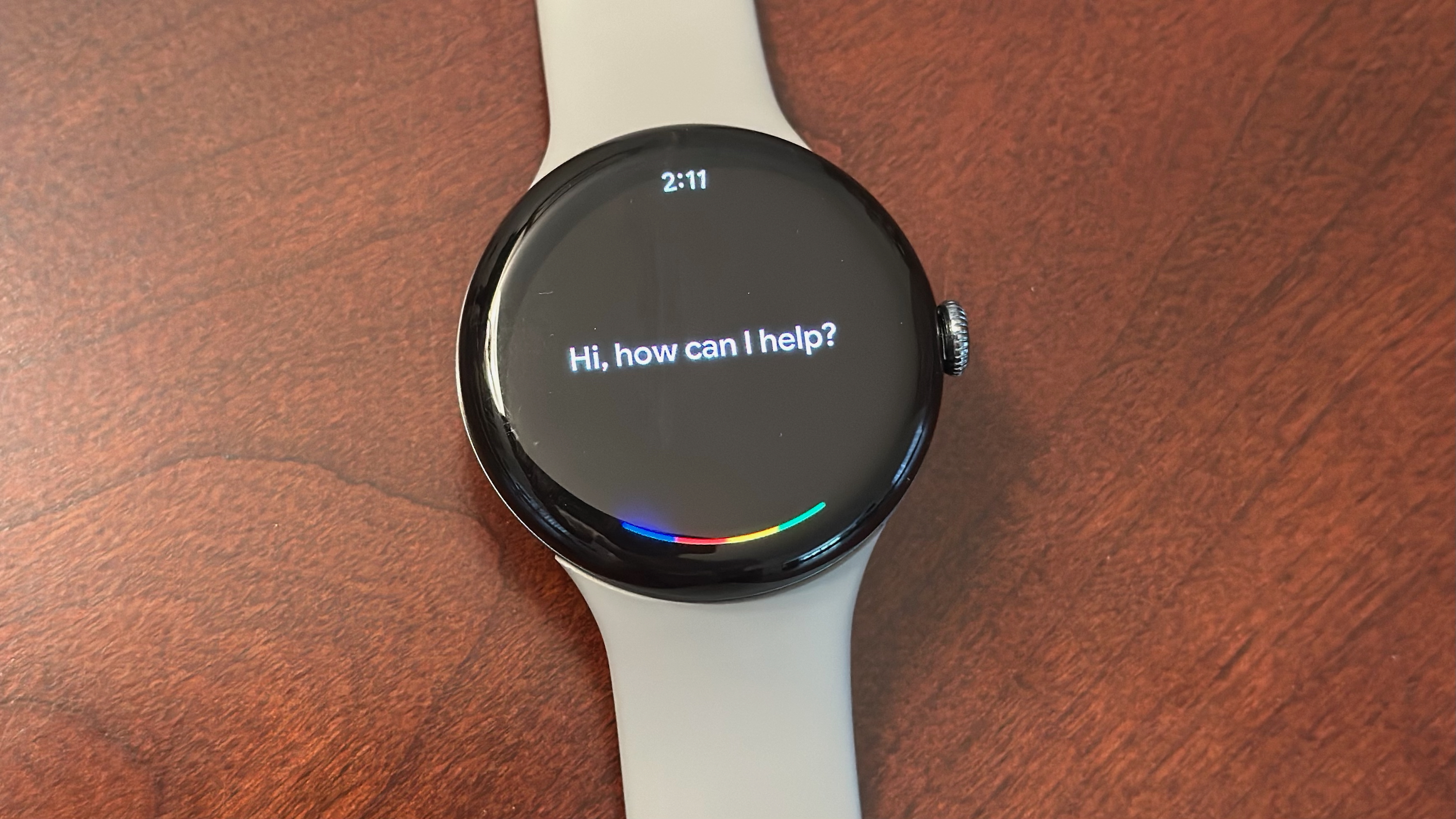YouTube wants to use machine learning to figure out who's lying about their age
YouTube is celebrating 20 years, and laid out its plans for 2025.

What you need to know
- YouTube, which is celebrating 20 years, is sharing its four "big bets" for 2025.
- AI is at the center of YouTube's goals, which include using machine learning to estimate a user's age.
- YouTube says TVs are now the primary device used to watch YouTube videos, eclipsing mobile.
YouTube turns 20 this year, and while the platform is two-decades old, many of its users are much younger. To celebrate the anniversary, YouTube CEO Neal Mohan outlined the platform's "big bets" for 2025 in a blog post, and they involve clamping down on younger users lying about their age.
"We’re also laser focused on protecting our youngest users," the company says. "And that's why we'll use machine learning in 2025 to help us estimate a user’s age — distinguishing between younger viewers and adults — to help provide the best and most age appropriate experiences and protections."
It's unclear exactly how YouTube plans to algorithmically estimate the age of its users, but it comes as age verification and requirements for social media platforms becomes a hot topic in the U.S. and abroad. YouTube already offers certain protections for younger users, and parental controls for parents. The platform's official age requirement for individual accounts is 13 years, but younger kids can use the YouTube Kids app with help from a parent.
Separately, YouTube wants to make the platform better for education by building new ways to learn about topics shown in a video and creating a mechanism for YouTubers to build courses.
Age verification and protections are just the start of how YouTube plans to use AI and machine learning to grow and safeguard the platform in 2025. It's also working on protections against deepfakes on the platform, so creators can control how AI portrays them on YouTube. It's starting out with a pilot program for prominent people, but theoretically could grow beyond that in the future.
It could become expanded, like YouTube plans to expand auto-dubbing after a small test last year. YouTube says it will soon make auto-dubbing, which automatically translates content to other languages with one press, available to everyone in the YouTube Partner Program.
Of course, YouTube is very confident in its place in social media and pop culture as 2025 begins. It says YouTube "will remain the epicenter of culture," and is doubling-down on TV. To that end, YouTube says TV is now the primary device type for watching YouTube, even ahead of mobile.
Be an expert in 5 minutes
Get the latest news from Android Central, your trusted companion in the world of Android
"It's remarkable to think that YouTube has been helping people create, learn, connect and more for two decades," Mohan writes. "As we embark on our next chapter, we're committed to empowering creators, fostering community, and continuing to redefine how the world watches, listens, and connects."

Brady is a tech journalist for Android Central, with a focus on news, phones, tablets, audio, wearables, and software. He has spent the last three years reporting and commenting on all things related to consumer technology for various publications. Brady graduated from St. John's University with a bachelor's degree in journalism. His work has been published in XDA, Android Police, Tech Advisor, iMore, Screen Rant, and Android Headlines. When he isn't experimenting with the latest tech, you can find Brady running or watching Big East basketball.
You must confirm your public display name before commenting
Please logout and then login again, you will then be prompted to enter your display name.
